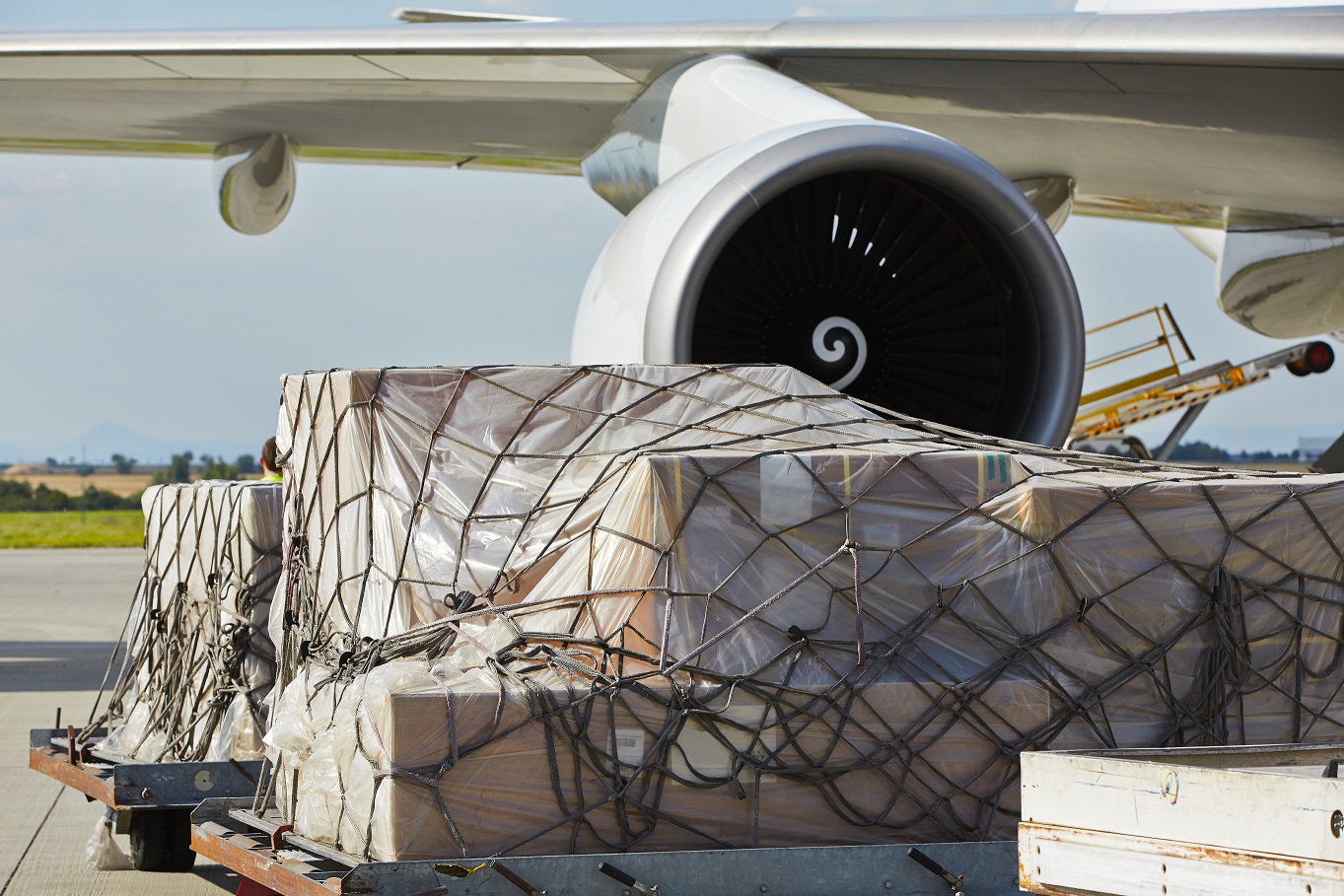May Sees Continued Decline in Air Cargo Demand in the Asia Pacific Region

Asia Pacific air cargo business in May continued to suffer from “subdued demand conditions, driven by weak business confidence levels”, according to the Association of Asia Pacific Airlines (AAPA).
Preliminary air cargo traffic figures for May showed that in freight tonne kilometres (FTK) terms, air cargo demand fell by 7% year on year in May. Offered capacity rose by 6%, leading to an 8.5 percentage point decline in the average international freight load factor to 60.1% for the month.
Subhas Menon, AAPA director general, said: “Air cargo demand remained soft, reflecting the prevailing weak global economic conditions and in particular, the slowdown in the manufacturing sector.”
Looking ahead, he added: “Trade tensions are likely to weigh down on cargo markets for some time to come whereas air travel demand is expected to demonstrate resilience in spite of the headwinds in the external environment.”
The AAPA said that international passenger markets continue to grow strongly amidst the restoration of flights in the region, resulting in increased belly capacity.
The region’s carriers registered a 193.2% year-on-year increase in the number of international passengers carried to 21.4m in May. As a percentage of the corresponding month in 2019, demand averaged 68.5%.
Menon added, “Overall, the outlook for the airlines remains positive, with the recent moderation in oil prices providing some relief to operating expenditure even though the industry will continue to face inflationary cost pressures. Against this background, the region’s airlines are focusing their attention on disciplined cost management throughout the business while maintaining excellent safety and customer service standards.”
Air cargo freight tonne kilometres (FTK) fell by 5.5% year on year in April, according to AAPA figures.
